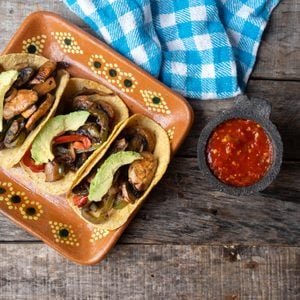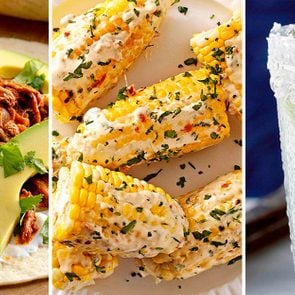What Is Cinco de Mayo and Why Do We Celebrate It?
Updated: Apr. 10, 2024
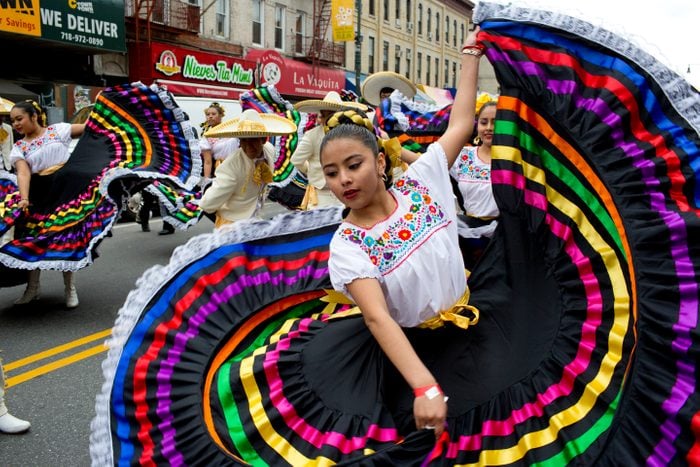
The history of Cinco de Mayo dates back to a mid-19th-century battle fought in Mexico. Here's how it evolved into the holiday we know today.
So, what is Cinco de Mayo? Well, for many in the United States, Cinco de Mayo is a day synonymous with going out and enjoying a couple drinks (margaritas, to be specific). Sure, it’s fun to go out on this May holiday and blow off some steam, but there’s significant history behind the Cinco de Mayo holiday that many people may not know about. It’s tied to a battle fought in Mexico 161 years ago—and has since evolved to celebrate Mexican heritage and culture. Read on to learn more about Cinco de Mayo’s history and Cinco de Mayo traditions you can participate in this year.
What is Cinco de Mayo?
Cinco de Mayo is a holiday that commemorates a battle fought in Mexico on the fifth of May in 1862—a battle that became an unexpected victory for the Mexican army over the French forces. It’s now celebrated on May 5 each year, which means it falls on a Sunday in 2024. Here’s when it will fall in upcoming years:
- 2025: Monday, May 5
- 2026: Tuesday, May 5
What is Cinco de Mayo celebrated for?
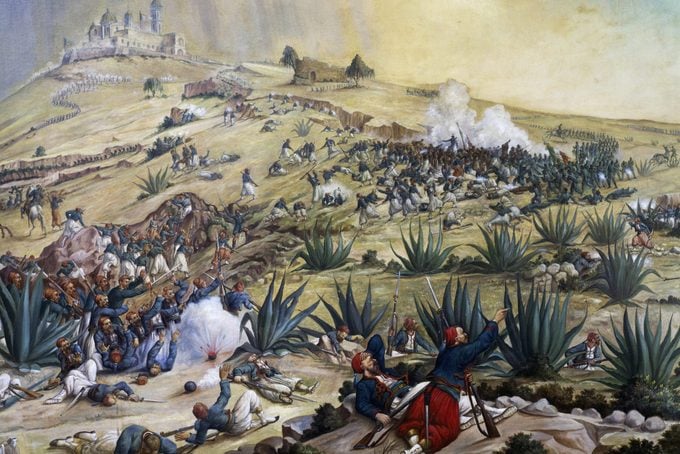
Cinco de Mayo is also known as the Anniversary of the Battle of Puebla and Battle of Puebla Day. Some background on the battle: Mexico was attacked by foreign troops because President Benito Juárez defaulted on his payments to European nations after war had depleted the country’s ability to pay.
Mexico had endured three wars that put their country in debt: In 1821, they fought for their independence from Spain; from 1846 to 1848 they fought against America; and in 1857 they began their own civil war.
When Mexico defaulted on its loans, France, Britain, and Spain sent troops to demand repayment. But Napoleon III had other plans—to take the country and install a French monarch. Britain and Spain would not get involved with this, but 6,000 French troops went up against 2,000 Mexicans in the town of Puebla on the May 5, 1862. Mexico was victorious.
When Napoleon III later returned with more forces and installed Arch Duke Maximillian to rule, “Cinco de Mayo” became the rallying cry for the fight against the French occupation. They celebrated each year with song, dance, and food to remain focused on regaining the country and retaining their heritage.
Mexico finally won their independence in 1867, when Arch Duke Maximillian was overthrown. He was executed that same year.
Is Cinco de Mayo Mexico’s Independence Day?
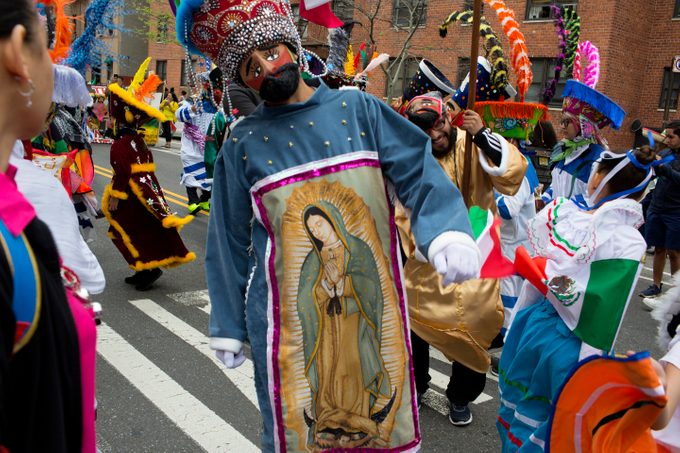
While many people think the answer is yes, the actual answer is no, Cinco de Mayo is not Mexico’s Independence Day. Cinco de Mayo commemorates the Battle of Puebla. Mexico’s Independence Day (also known as Día de la Independencia), on the other hand, is celebrated on September 16 and commemorates the day Father Miguel Hidalgo y Costilla, a Roman Catholic priest, delivered the “Grito de Dolores” (“Cry of Dolores”), a speech encouraging the fight for independence from Spain. That speech happened in 1810, more than five decades before the Battle of Puebla. Mexico’s Independence Day falls in the same month as Hispanic Heritage Month.
Cinco de Mayo facts
It’s not a federal holiday in Mexico
While some areas in Mexico celebrate Cinco de Mayo, it’s primarily celebrated in the state of Puebla, where festivities may include military parades and battle recreations. However, it’s not a federal holiday in Mexico—and according to History.com, it’s a relatively minor holiday in the country.
The first Cinco de Mayo celebrations likely took place in California
Historians believe that the first Cinco de Mayo celebrations were held by Mexican-Americans living in California during the American Civil War. They were not so much “celebrations” as political rallies held for the purpose of generating support for Mexico during the Franco-Mexican War, according to a report by Time on how to celebrate Cinco de Mayo in a historically accurate way.
The Good Neighbor Policy helped increase the holiday’s popularity in the United States
Although Cinco de Mayo was observed throughout the remainder of the 19th century and the first third of the 20th century, it really took off after President Franklin Delano Roosevelt enacted the Good Neighbor Policy in 1933, which was geared toward improving relations with Latin American countries. “Cinco de Mayo’s purpose was to function as a bridge” between the United States and Mexican cultures, according to José Alamillo, professor of ethnic studies at Washington State University (as reported by National Geographic). Its popularity grew in the 1960s, when Mexican-Americans embraced it as a means of building their cultural pride.
Beer companies capitalized on Cinco de Mayo for marketing
While the Good Neighbor Policy aided Cinco de Mayo’s popularity in the U.S., it got a big boost in the 1970s and 1980s thanks to beer companies. Brands like Corona created Cinco de Mayo–themed marketing campaigns targeted at the Hispanic population, which for some brands included sponsored Cinco de Mayo celebrations.
How to celebrate Cinco de Mayo
Learn more about the Battle of Puebla
Reading a book about the Battle of Puebla will allow you to go deeper into the history of the battle and the events leading up to it. One book to consider checking out is Cinco de Mayo: The History of the Battle of Puebla and the Famous Holiday by
Plan a trip to Puebla, Mexico
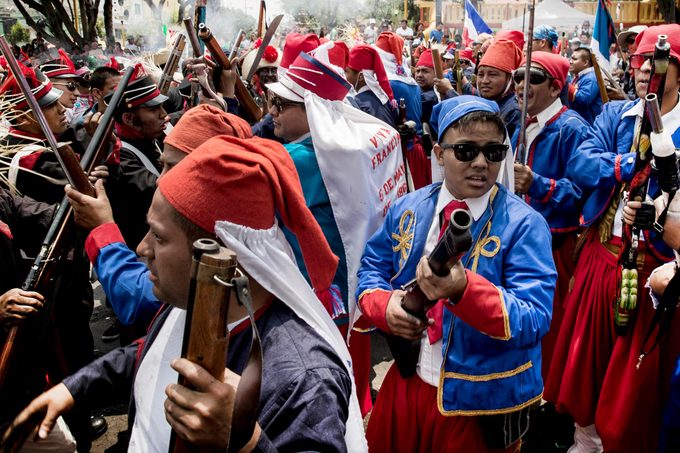
Feel like taking a trip to Mexico in the spring? If so, tour the city where the battle took place and take in its beauty and rich culture. If you go on Cinco de Mayo, you may see locals dress up and reenact the Battle of Puebla.
Engage with Mexican art and culture
To help celebrate Mexican culture and heritage, take some time on Cinco de Mayo to engage with Mexican art and culture, like reading classic Mexican literature and books by Latinx authors. You can also listen to music, watch movies and admire art created by Mexican artists.
Eat authentic Mexican food
Who doesn’t love a good Mexican dish? Celebrate Cinco de Mayo by indulging in authentic Mexican food like tacos, tamales, churros and enchiladas. Whip them up at home or treat yourself to a meal at a local Mexican restaurant.
Support Mexican businesses
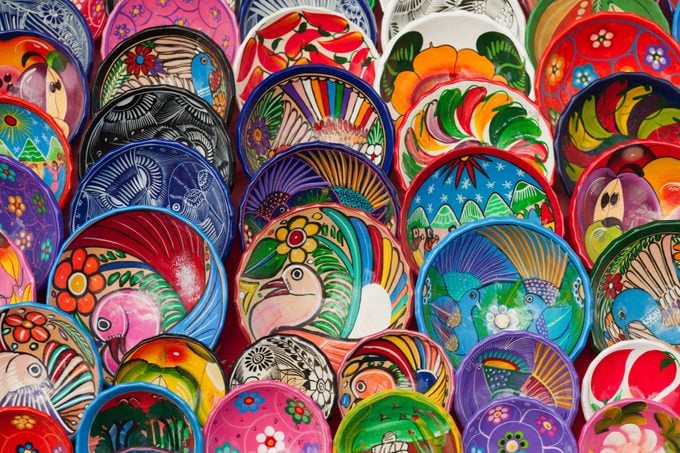
Show your support for the Mexican community by supporting Mexican-owned businesses in your area on Cinco de Mayo. Need some ideas? Try buying dinner at a local Mexican-owned restaurant or purchasing a beautiful piece of art from a Mexican-owned shop.
Sources:
- History.com: “Cinco de Mayo”
- Britannica: “Cinco de Mayo”
- Britannica: “Is Cinco de Mayo Mexico’s Independence Day?”
- Time: “The Historically Accurate Way to Celebrate Cinco de Mayo”
- American Historical Association: “What Is the Good Neighbor Policy?”
- Time: “The Surprising True History Behind Cinco de Mayo”
- National Geographic: “Cinco de Mayo History Short on Beer, Long on Bloodshed”
- Business Insider: “How Beer Companies Turned a Minor Holiday Into America’s Favorite Mexican Drinking Day”


